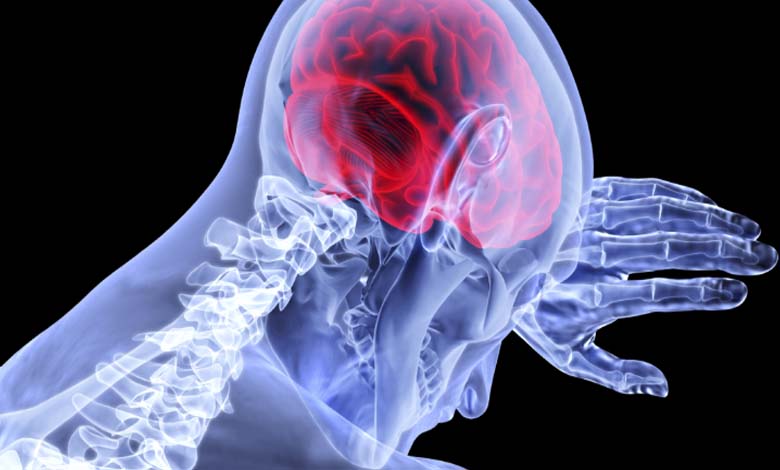The Mysterious Link Between Plastic and Strokes: A Silent Health Crisis

Plastic has transformed modern life — from food packaging to electronics, it is everywhere. However, this convenience comes at a cost. In recent years, researchers have sounded the alarm on the growing presence of microplastics in our bodies, and now, a more disturbing question emerges:
Could long-term plastic exposure contribute to strokes?
While this idea may have once seemed unlikely, emerging scientific evidence is pointing toward a worrisome link between plastic exposure and cerebrovascular damage.
-
Study: Sleep Irregularities Increase Risk of Heart Attacks and Strokes
-
Hearing Loss: A Hidden Risk Factor for Heart Failure
What Are Microplastics and How Do They Enter Our Bodies?
Microplastics are plastic fragments smaller than 5mm. They can be primary (like microbeads in cosmetics) or secondary, formed through the degradation of larger plastic items.
Sources of exposure include:
- Food and beverages, especially seafood and bottled water.
- Airborne fibers, particularly from synthetic clothing.
- Cosmetics and toiletries that include plastic particles.
- Everyday household dust.
A study from Environmental Science & Technology estimates that the average person consumes over 50,000 microplastic particles each year — and breathes in many more.
-
“Essential” Ways to Reduce the Risk of Stroke
-
Study: Controlling Blood Pressure Protects Against Dementia
Plastic in the Brain: A New Frontier of Concern
The blood-brain barrier is a natural defense that protects the brain from harmful substances. However, recent studies suggest that nanoplastics may be small enough to breach this barrier, especially when it is already weakened by age, disease, or inflammation.
Animal studies have shown that microplastics can reach brain tissue, leading to neurological inflammation, behavioral disturbances, and biochemical alterations — all of which may contribute to stroke and other cerebrovascular disorders.
-
Study: Fast-Food Workers More Prone to Obesity and Hypertension
-
Lack of Sleep in Middle Age Increases the Risk of Dementia
Stroke: A Global Killer on the Rise
Stroke is the second leading cause of death worldwide, according to the World Health Organization. It occurs when blood supply to the brain is cut off due to a blockage or a burst vessel.
While traditional risk factors include high blood pressure, diabetes, smoking, and obesity, researchers are beginning to explore how environmental pollutants — especially microplastics — may exacerbate these risks.
How Microplastics Might Trigger Stroke
The suspected biological mechanisms include:
- Chronic inflammation that damages blood vessels.
- Oxidative stress from an overload of free radicals.
- Neurotoxicity from chemicals carried by microplastics, such as heavy metals and endocrine disruptors.
- Vascular stiffening and clotting, increasing the likelihood of ischemic events.
-
What happens to the body when walking for 20 minutes in the morning?
-
Bacteria in your mouth could lead to life-threatening cerebral abscesses
Emerging Scientific Evidence
In a 2024 pilot study, scientists detected plastic particles in post-mortem human brain samples. Rodent studies show microplastic exposure can lead to:
- Arterial rigidity,
- Amyloid plaque formation (associated with Alzheimer’s),
- Reduced cognitive function.
Though human epidemiological studies are still in early stages, the data suggests real cause for concern.
Public Health Implications and Regulatory Gaps
Despite growing awareness, most governments lack clear policies to address microplastic contamination in relation to human health. There is a critical need for:
- Medical community awareness,
- Public education campaigns,
- Independent, long-term studies,
- Strong environmental policies to reduce plastic use.
Microplastics are the invisible toxins of our generation. Their silent accumulation in our bodies — and possibly our brains — may be contributing to the rise in strokes and neurological diseases.
We must act before these warnings turn into an undeniable crisis. Because while plastic may last for centuries in nature, its damage to our health could manifest within our lifetime.












